


Framed or unframed, desk size to sofa size, printed by us in Arizona and Alabama since 2007. Explore now.
Shorpy is funded by you. Patreon contributors get an ad-free experience.
Learn more.

- Yellow sky at morning
- Side Winder
- Air Quality?
- Sojourner Truth riot
- None were so blind(ed)
- The less famous sister
- Good ol' days?
- Rise and Fall
- Goo Goo Ga Joob
- Ticket Retention
- Not the only one
- Vagaries of War
- Killed by Amtrak
- Back to the Future
- Wanted --
- If you can't stand the light
- Centralized Traffic Control, I believe
- What's really happening
- Heckuva remote control!
- Sometimes — Things Go Bump!
- I SEE THE LIGHT
- Union Switch and Signal Company
- Get That Light Out Of My Eyes
- Eggs. Eggs. Eggs. The Egg Man is Here!
- Foreboding caption
- Famous Hollywood faces
- Not just S&P
- re: Those things in the jar
- Up In Smoke
- Medical Smoking
Print Emporium
Mining
Beer Depot: 1941
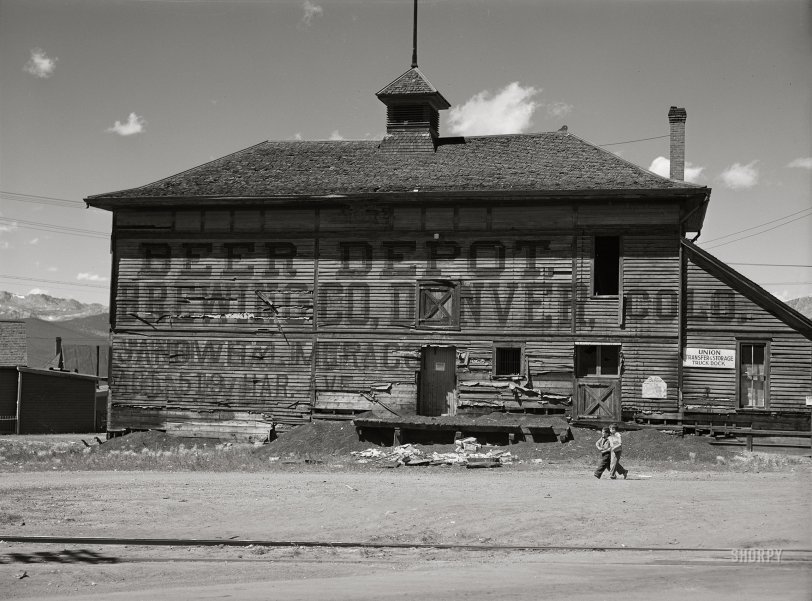
September 1941. "Old beer depot in mining town. Leadville, Colorado." Medium format acetate negative by Marion Post Wolcott for the Farm Security Administration. View full size.
- 5 comments
- 15101 reads
Carnival Ride From Hell: 1911
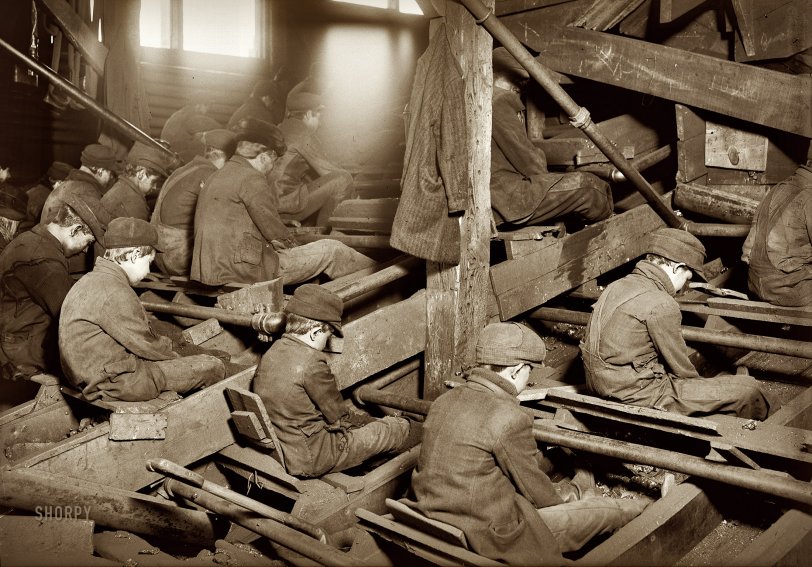
January 1911. South Pittston, Pennsylvania. "A view of the Pennsylvania Breaker. 'Breaker boys' remove rocks and other debris from the coal by hand as it passes beneath them. The dust is so dense at times as to obscure the view and penetrates the utmost recesses of the boys' lungs." Photo by Lewis Wickes Hine. View full size.
From the 1906 book The Bitter Cry of the Children by labor reformer John Spargo:
Work in the coal breakers is exceedingly hard and dangerous. Crouched over the chutes, the boys sit hour after hour, picking out the pieces of slate and other refuse from the coal as it rushes past to the washers. From the cramped position they have to assume, most of them become more or less deformed and bent-backed like old men. When a boy has been working for some time and begins to get round-shouldered, his fellows say that “He’s got his boy to carry round wherever he goes.”
- 20 comments
- Read more
- 90070 reads
Breaker Boys: 1911
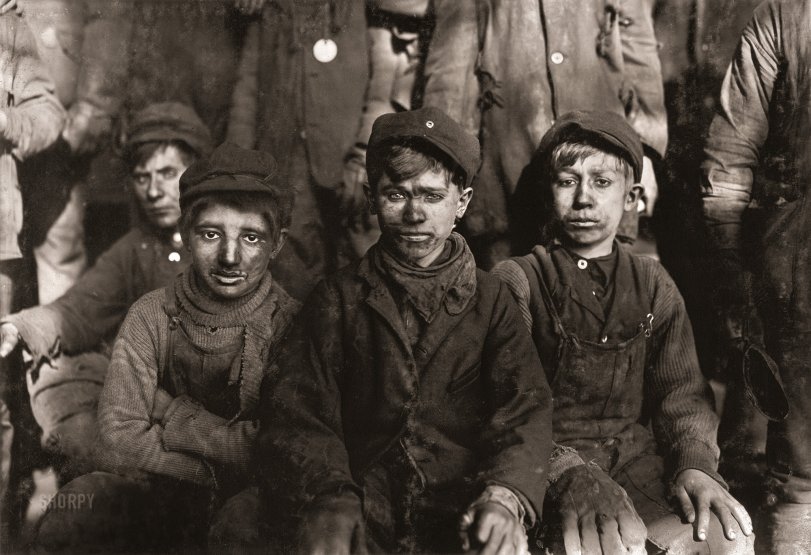
January 1911. "Group of boys working in No. 9 Breaker. Pennsylvania Coal Co., Hughestown Borough, Pittston, Pennsylvania. Smallest is Sam Belloma, Pine Street." Photograph by Lewis Wickes Hine for the National Child Labor Committee. View full size.
- 4 comments
- 12073 reads
Hibbing: 1941
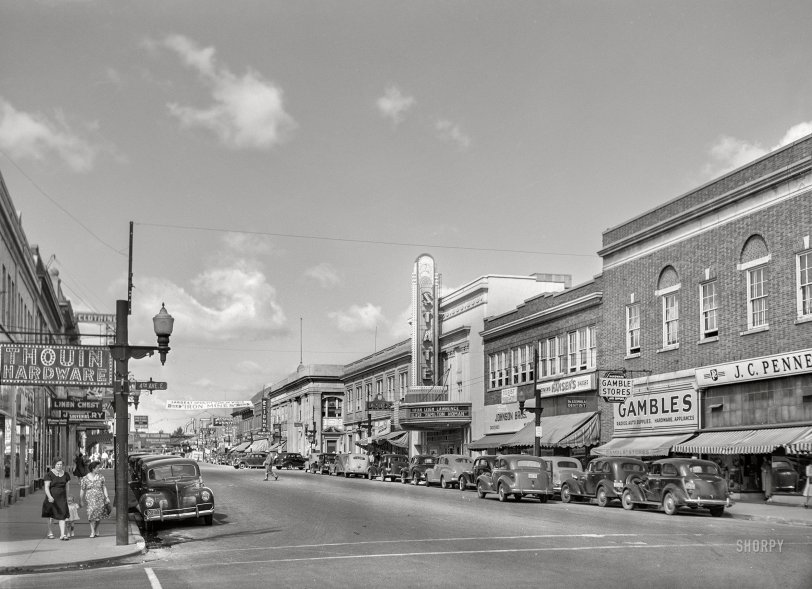
August 1941. "Main street of Hibbing, Minnesota." Medium format acetate negative by John Vachon for the Farm Security Administration. View full size.
- 17 comments
- 17399 reads
Shack at Osage: 1935
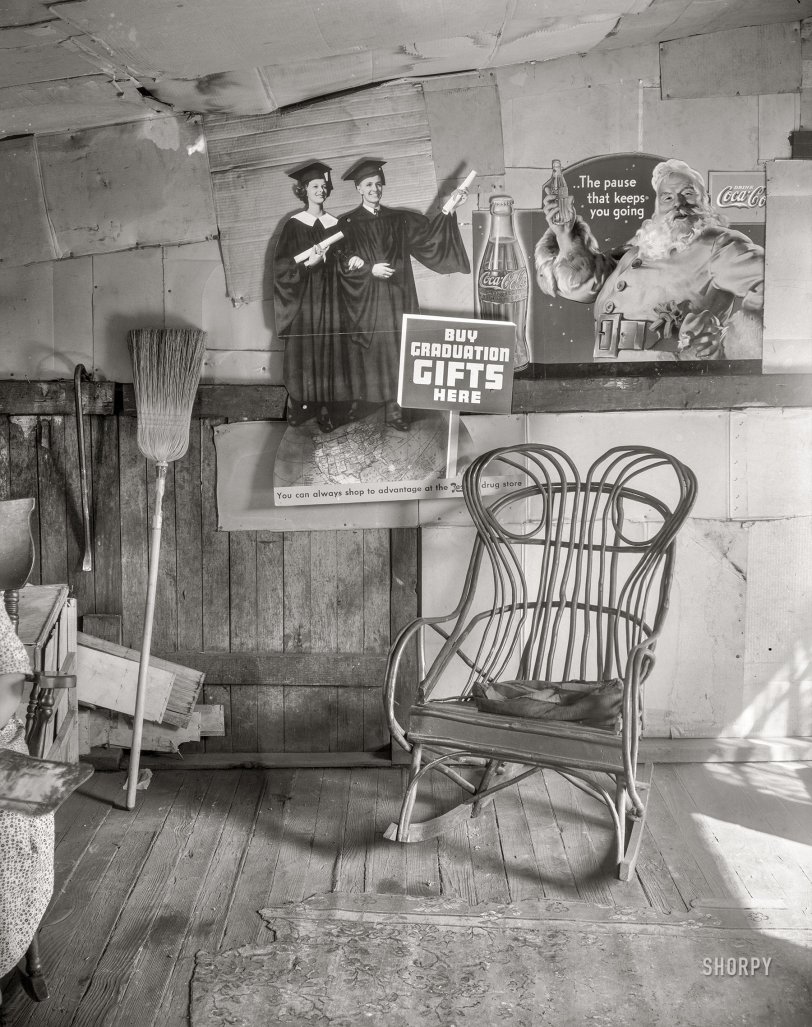
July 1935. "Scott's Run mining camps near Morgantown, W.Va. Domestic interior. Shack at Osage." 8x10 nitrate negative by Walker Evans for the Resettlement Admin. View full size.
- 12 comments
- 9349 reads
Dramatic Entrance: 1940
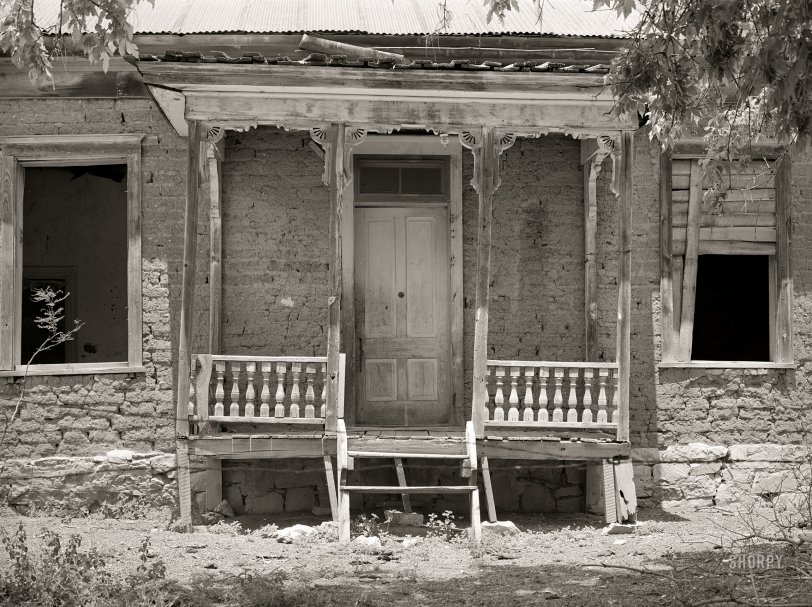
May 1940. "Front of abandoned residence in Georgetown, New Mexico. Ghost gold mining town." Acetate negative by Russell Lee for the Farm Security Administration. View full size.
- 8 comments
- 14298 reads
Paradise P.O.: 1940
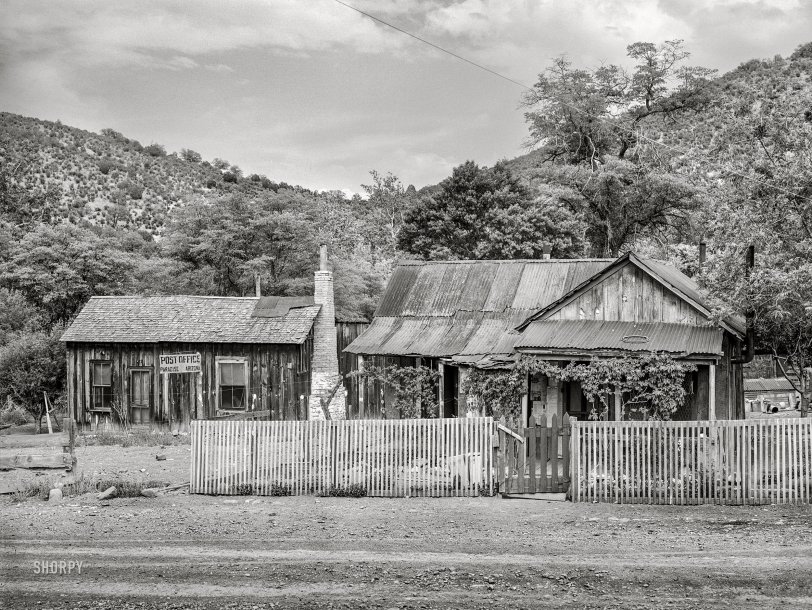
May 1940. "A residence and post office at Paradise, Cochise County, Arizona, former center of mining development, now a fruit section." Acetate negative by Russell Lee. View full size.
- 5 comments
- 10737 reads
Shave and a Shower: 1940
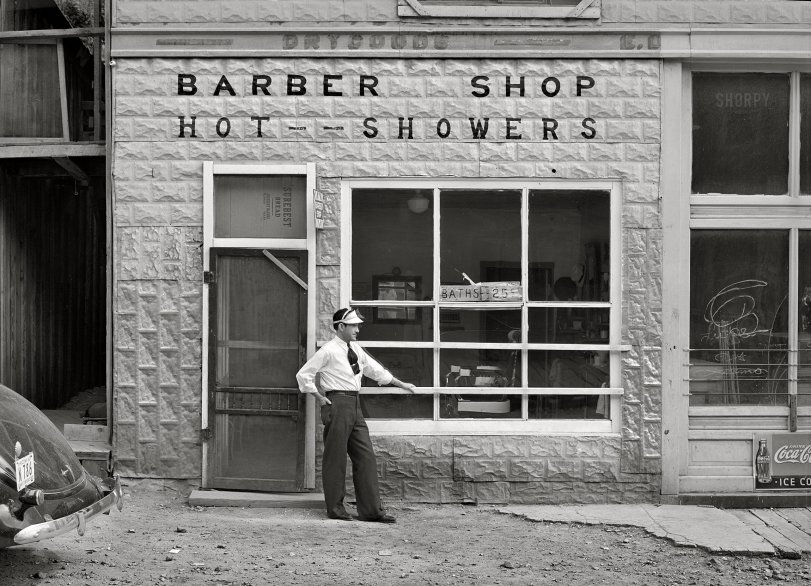
June 1940. "Barber shop at gold mining community of Mogollon, New Mexico." Medium format acetate negative by Russell Lee for the Farm Security Administration. View full size.
- 3 comments
- 10764 reads
Silverton: 1940
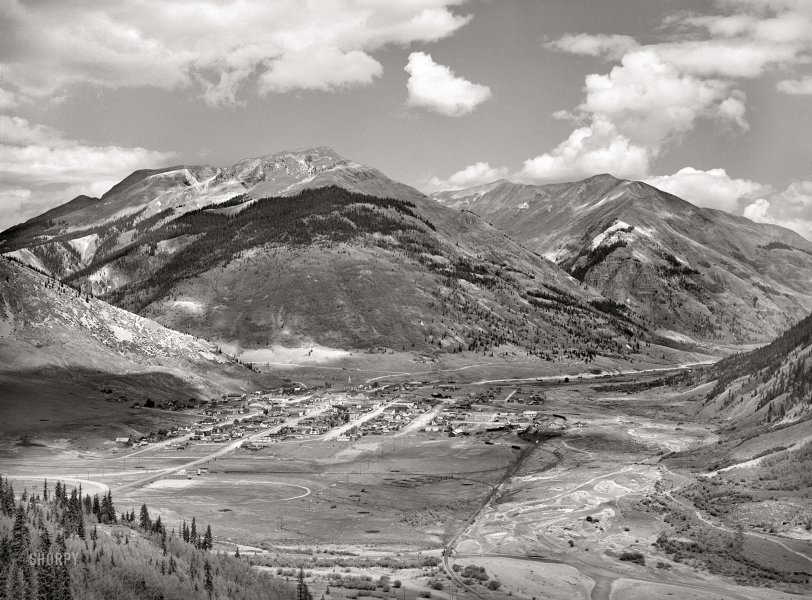
September 1940. "Silverton, Colorado, lies in a valley at 9,400 feet elevation. This has been a center for mining and milling operations, and the tailing-choked Animas River can be seen at right." Acetate negative by Russell Lee for the Farm Security Administration. View full size.
- 6 comments
- 10765 reads
Au Gone: 1940
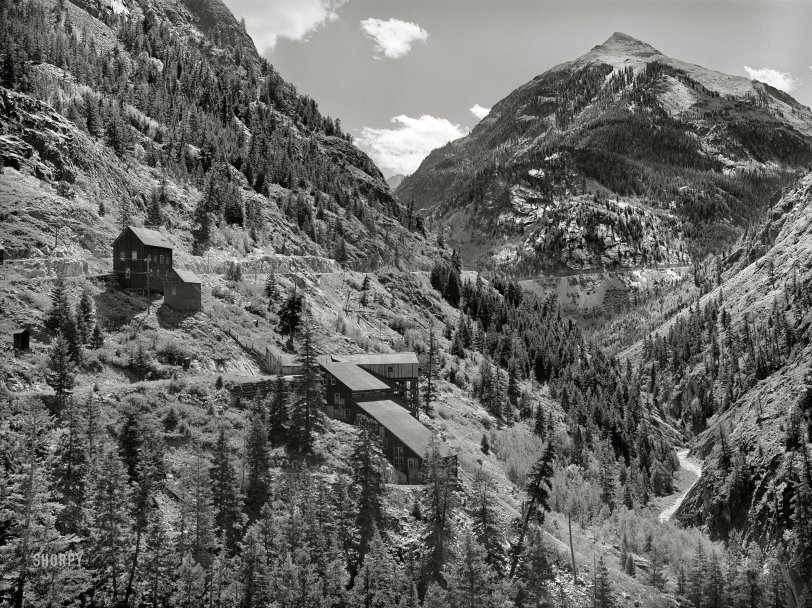
September 1940. "Abandoned gold mill along Million Dollar Highway immediately south of Ouray, Colorado, in Ouray County." Medium format acetate negative by Russell Lee for the Farm Security Administration. View full size.
- 2 comments
- 9296 reads
Brownsville: 1938
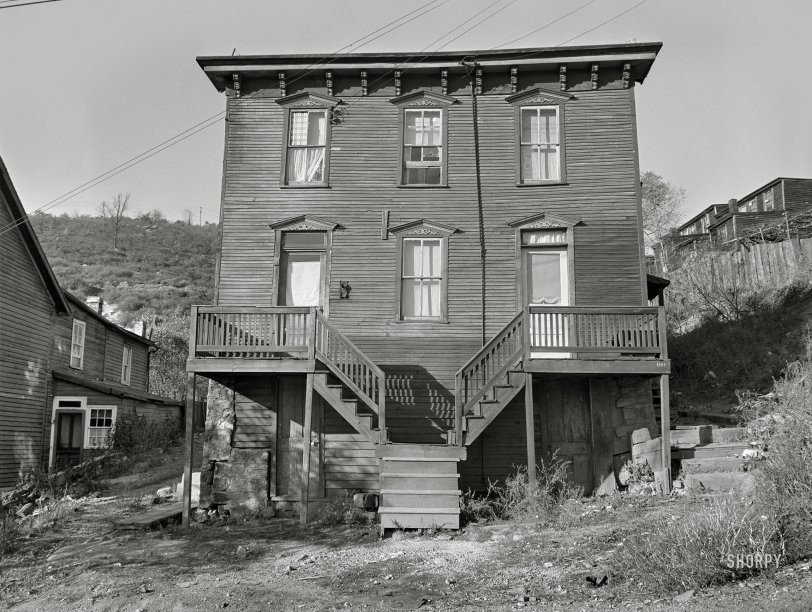
1938. "Shenandoah, Pennsylvania. Miner's home in the Brownsville sector." Medium format acetate negative by Sheldon Dick for the Farm Security Administration. View full size.
- 11 comments
- 12642 reads
Leadville: 1941
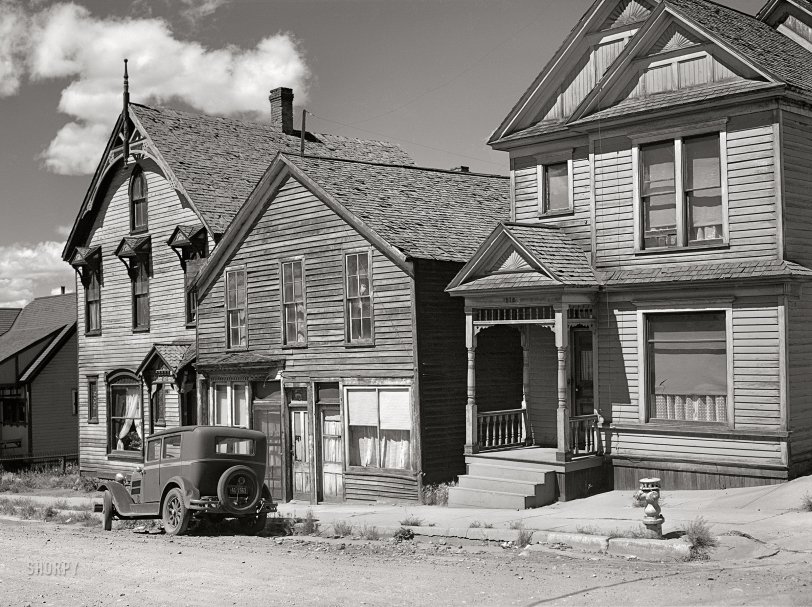
September 1941. "Houses in old mining town of Leadville, Colorado." Medium format acetate negative by Marion Post Wolcott for the Farm Security Administration. View full size.
- 1 comment
- 11698 reads
Sterling Sliver: 1939
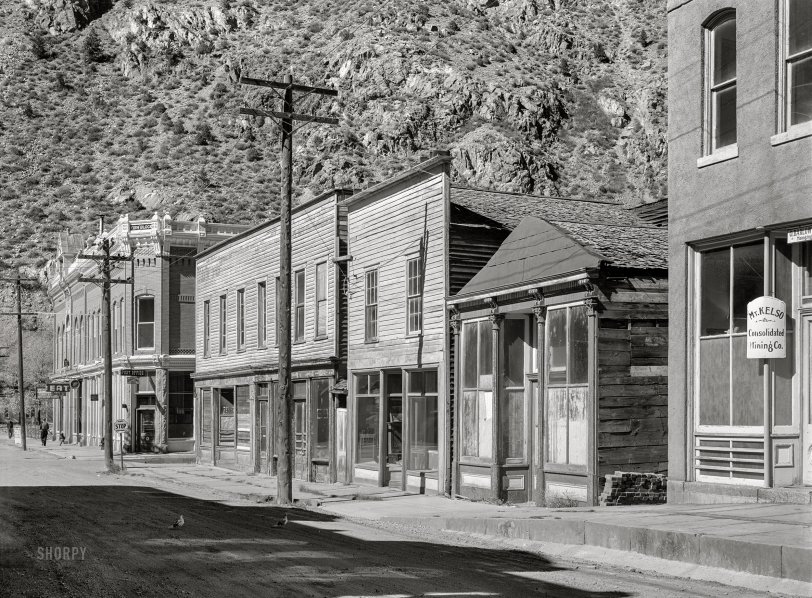
October 1939. "Georgetown, Colorado. Silver mining town ghost town." From its heyday in the 1890s, Georgetown had dwindled from over 10,000 inhabitants to just a few hundred by the time this picture was made. Medium format negative by Arthur Rothstein. View full size.
- 4 comments
- 8821 reads
Deadville: 1939
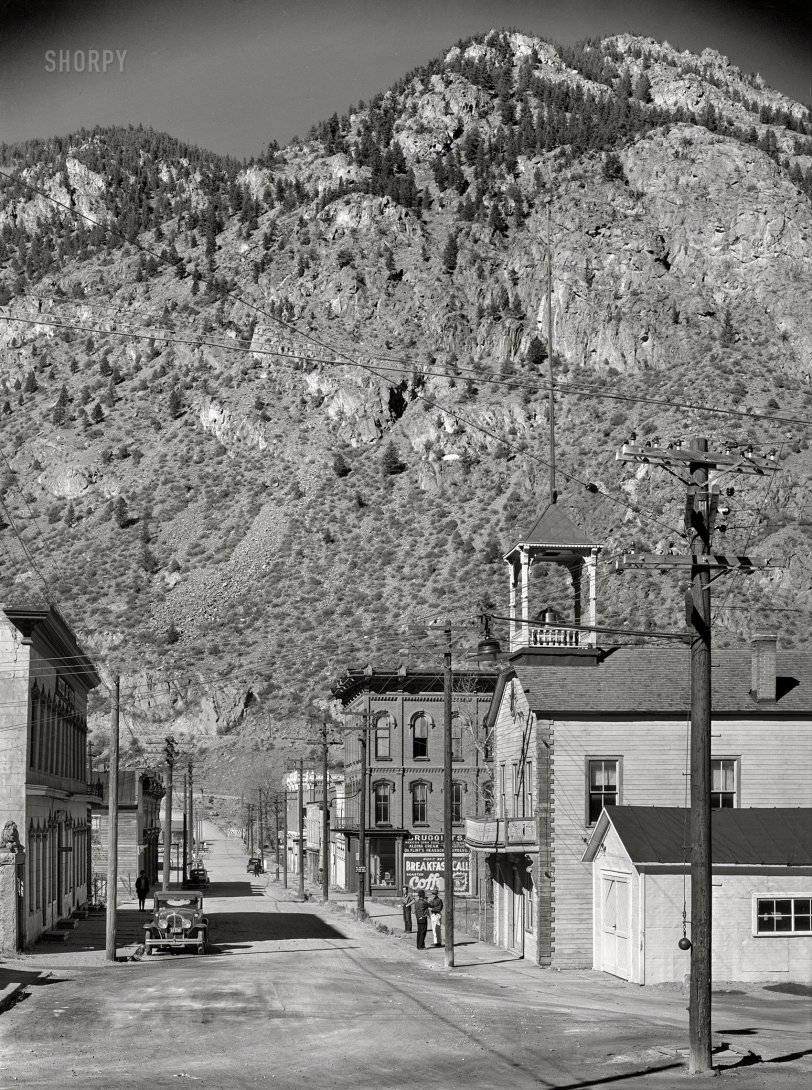
October 1939. "Georgetown, Colorado. Ghost mining town." Medium format acetate negative by Arthur Rothstein for the Farm Security Administration. View full size.
- 5 comments
- 9414 reads
Georgetown: 1939
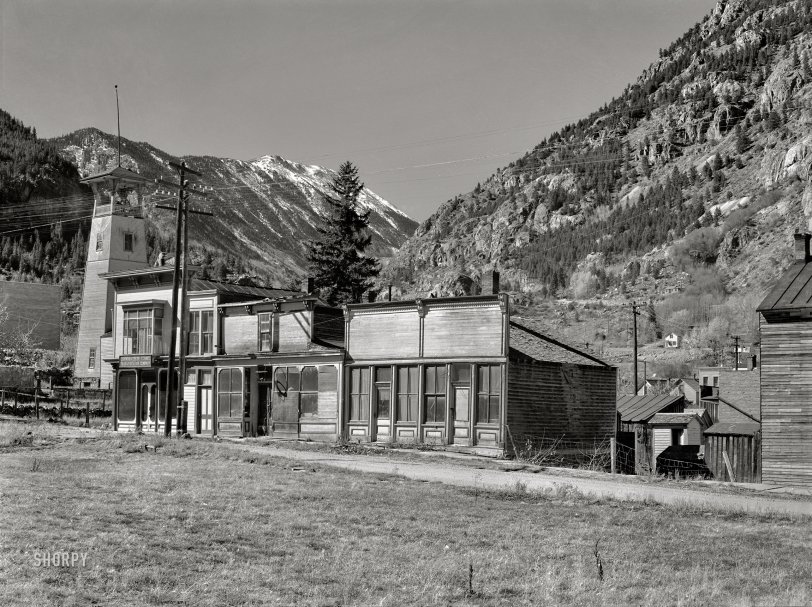
October 1939. "Georgetown, Colorado -- an old mining town in the mountains." Medium format acetate negative by Arthur Rothstein for the Farm Security Administration. View full size.
- 3 comments
- 7313 reads























